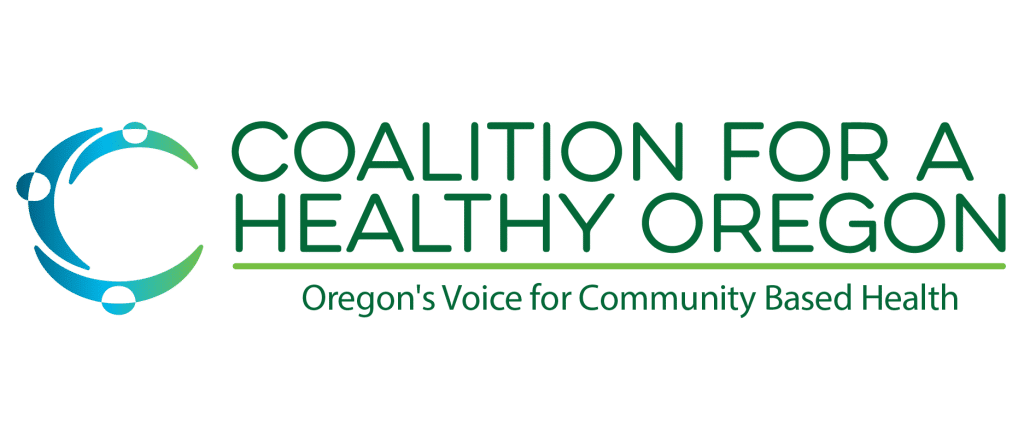Deferred Elective Procedures Expected to Surge
At the outset of Oregon’s coronavirus outbreak, Gov. Kate Brown issued sweeping executive orders to help “flatten the curve” and preserve health system capacity. One of these orders was a ban on non-urgent medical procedures, which has since been lifted.
Gov. Brown and her medical experts have encouraged people to seek the health care they need. Nevertheless, the volume of activity has not returned to normal (this could be for a variety of reasons, such as folks worrying about contracting COVID-19 or spreading it to others). While necessary in the early weeks of the pandemic, the ongoing slowdown has meant a major decline in revenue for many providers. Most importantly, there are concerns that deferred care could lead to worsening of certain health conditions.
In the months ahead, health care professionals expect a surge in demand for preventive care, dental care, elective surgeries, and other services. This begs the question: what effect will this have on our Medicaid system?
Throughout the pandemic, CCOs have been helping providers, clinics, and other health care providers keep their doors open and maintain capacity by delivering financial support. However, CCOs’ global budgets do not necessarily take into consideration the multi-month global pandemic we are currently going through.
Many of the providers who serve Medicaid patients are reimbursed through sub-capitated payments (per member per month). These payment arrangements could help level off the peaks and valleys of utilization, as well a potential future surge in demand. Nevertheless, there is little reason to believe the decline in utilization during the second quarter will lead to any real “savings” by the CCOs. This is especially true when considering the potential spike in activity and the progression of certain conditions due to the interruption in care.
In order to responsibly plan for the medical surge that may lie ahead, CCOs are focused on coordinating care for members and keeping their partners, the provider community, in business. It remains to be seen how the system will be impacted in the long run, but CCOs are well positioned to handle these irregularities while providing excellent health care to Oregon Health Plan members.









